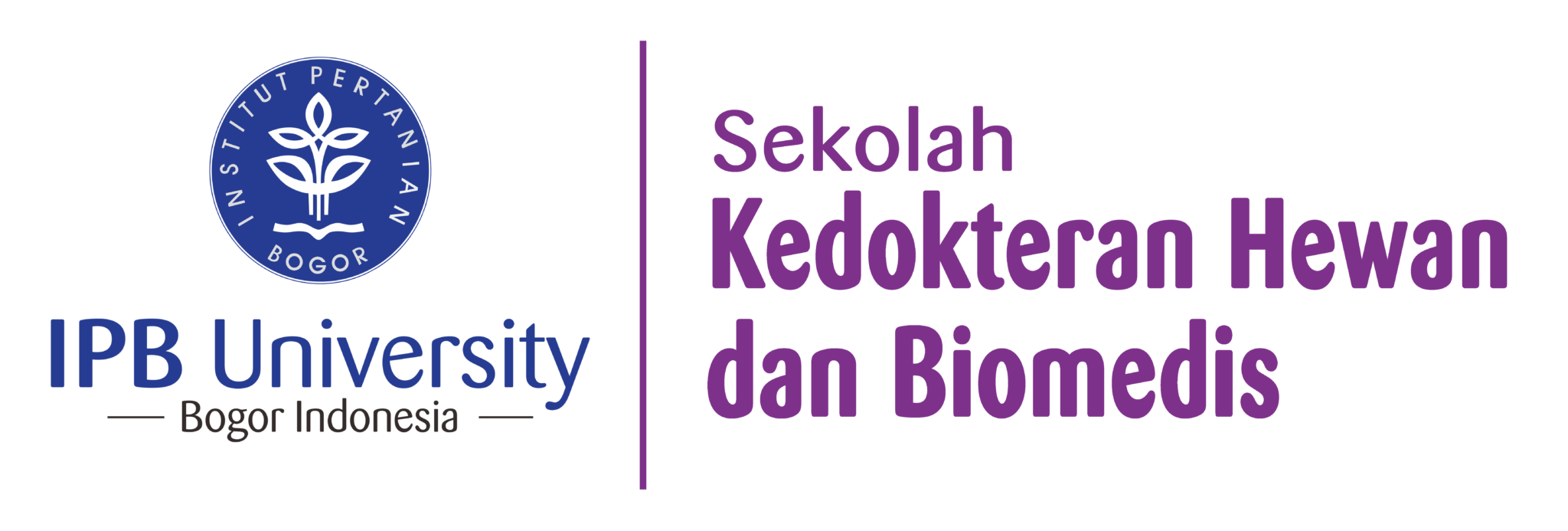“When I was young I was amazed at how my fingers could move, hold things and so on. From there I became interested in anatomy. My interest continued when studying fetal development, until the peak of interest was when I started researching the Babirusa, a very unique animal that is only found in Sulawesi,” said Dr Alastair A Macdonald. This anatomist is an honorary fellow at the Royal (Dick) School of Veterinary Studies, The University of Edinburgh, Scotland, United Kingdom (UK).
Dr. Macdonald conveyed this in his material entitled ‘How Interest in Anatomy was Stimulated’ in a Special Lecture, (26/6), at the Virtual Gathering of the Indonesian Veterinary Anatomy Communication Forum. The event, which was initiated by Prof Srihadi Agungpriyono from the Division of Anatomy, Histology and Embryology, Faculty of Veterinary Medicine (FKH) IPB Univeristy, was attended by around 60 lecturers and researchers of veterinary anatomy from nine universities in Indonesia.
Dr Macdonald said that his personal experience from being a child to pursuing a PhD program had made a lot of impressions until he finally pursued the field of anatomy. “My father is a doctor. Since childhood, because of the family environment, I have a lot of contact with foreigners and have traveled a lot to various countries. Therefore I also have an interest in history and art. My interest in anatomy got stronger when I did PhD and postdoctoral studies and did a lot of research after my doctoral studies,” said Dr Macdonald at the beginning of his presentation.
This anatomist then presented some of the results of his studies to Babirusa (Babyrousa babyrussa). Such as the uniqueness of the stomach, the growth of the upper canines, and how these animals communicate and mark their habitat. Babirusa’s stomach is very unique from its anatomy, histology and ultrastructure which is very different from that of domestic pigs. The surface of the babirusa’s stomach has a surface, which is ultrastructural, like a honeycomb, where there are a lot of microorganisms that live there.
Dr Macdonald likens it to a ‘microbial zoo’ inside a ‘bee’ hive (microbiotic ‘zoo’ inside ‘honeycomb’). This microflora facilitates digestion in the Babirusa’s stomach.
No less interesting is about the growth of canine teeth in Babirusa. The Babirusa’s upper canines grow upwards and penetrate the skin of the face. The unusual growth of the upper canines gives this animal a unique appearance.
In his research, Dr. Macdonald observed hundreds of Babirusa skulls found in various museums around the world.
Babirusa has another uniqueness in communicating and marking its territory. These animals emit a smell (scent) from the glands under the eyes (infraorbitalis) which will be rubbed against the trunk of a young tree or when he wallows in the mud. Interestingly, this was confirmed by information from local residents, when they brought Dr Macdonald on his trip on Buru Island, Sulawesi.
Museum collections and Dr. Macdonald to various countries helped him in studying anatomy. “The museum collection is a very valuable research material that can be used for anatomical research,” he said. The museum collection has also brought Dr Macdonald to produce research on the development of the foramen ovale in the fetal heart of various types of carnivorous animals of the cat and cat family, such as lions, tigers, snow leopards, wild cats (ocelots) and families of dogs, such as wolves. , red wolves, hyaenas, wild dogs (dholes), and polar bears.
According to him, there are many works of art which, if traced, it is possible that the idea came from Babirusa. Examples are paintings in the early days of Chinese civilization, nanyue jade jewelry from the 2140s years ago, Rangda masks in Bali, to various types of Malanggan masks from New Ireland Island in Papua New Guinea. This at the same time raises the question of where they saw Babirusa at that time. “Maybe there has been community interaction and they have traveled to Sulawesi, or someone brought Babirusa from Sulawesi at that time,” added the researcher who also likes history and art.
Dr. Macdonald said that curiosity (curiousity), opportunity (opportunity), openness of view (freedom to look), and determination in achieving goals (determination) were some of the factors that led him to like the field of anatomy in his life journey. He advised that researchers in the field of anatomy in Indonesia are very lucky. The wealth of material in various museums, information and wisdom of the local population, as well as the diversity of fauna in Indonesia are abundant and extraordinary research materials that are waiting to be researched and published.
Anatomy often considered a static basic science, but in fact it can produce good publications and become a strong scientific basis. One of them is the achievement that has been described by Dr. Macdonald. (km/ysa/Zul) (IAAS/SYA).
from: https://ipb.ac.id/news/index/2021/06/ungkap-keunikan-babirusa-alastair-a-macdonald-sampaikan-special-lecture-pada-forum-komunikasi-anatomi-veteriner-indonesia/5e8a2097787f77ee1af00680556a1a5b
